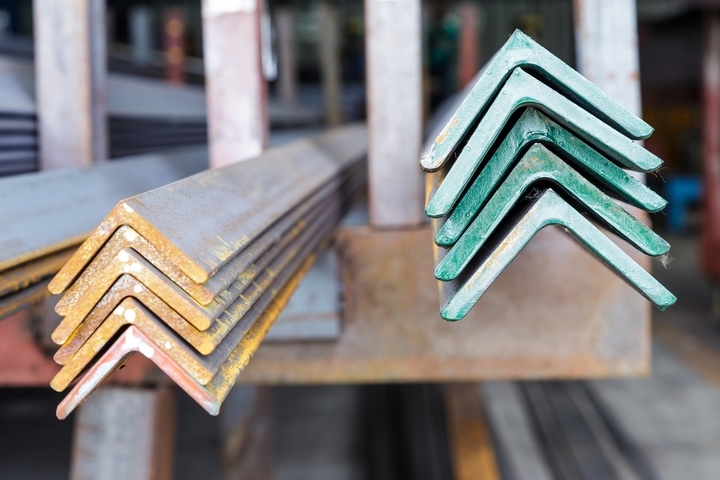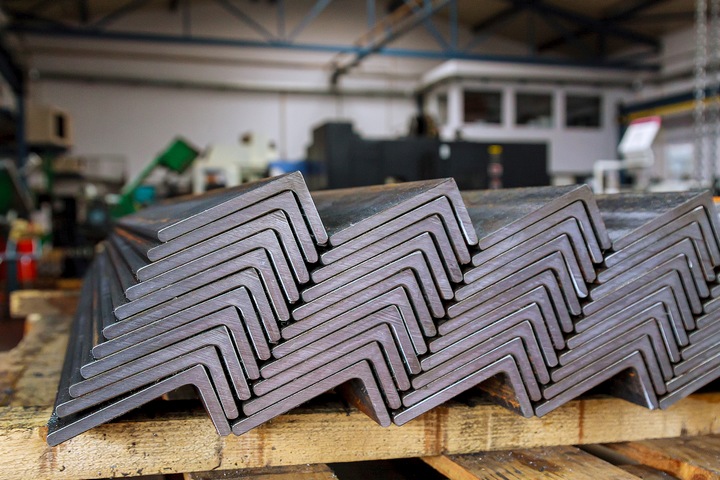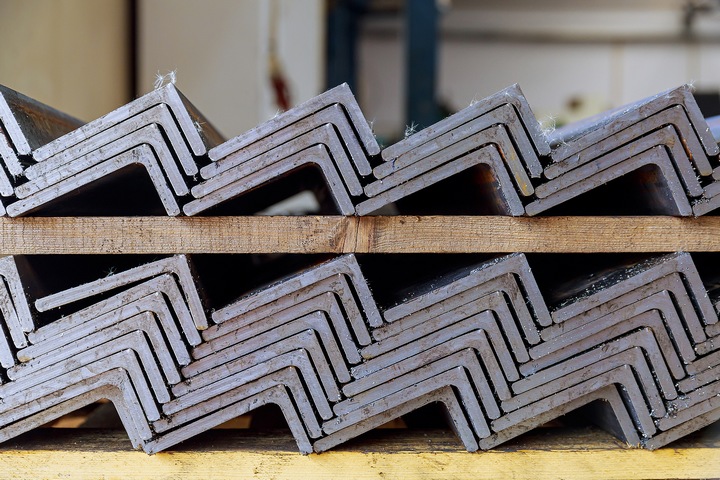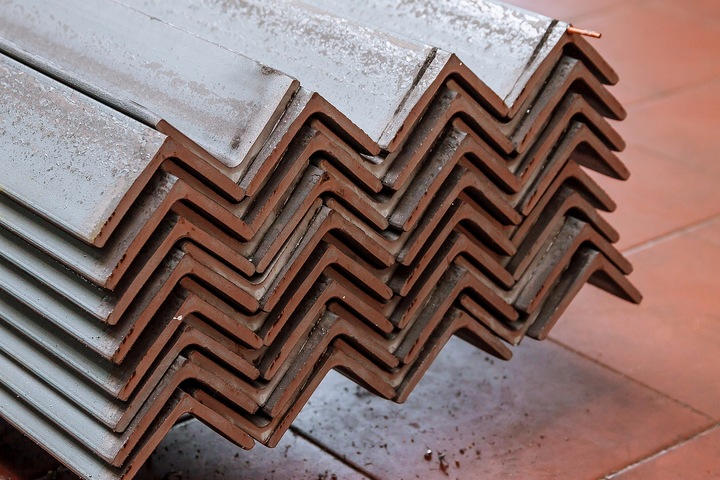
No matter what kind of building you are taking care of, you’ll want to invest in protecting it as much as possible. Whether it is a house or a big, busy warehouse, you need ongoing maintenance to avoid wasting time and money fixing it up all the time.
One great piece of protective gear for your property is corner guards, which are often made out of metal materials. Metal corner guards can be fitted into corners, walls, and narrow spaces to protect the area from breakages. They are tiny, durable, and can withstand most accidental damages.
Types of Metal Guards

Each material has unique features and purposes. Corner guards can come in a variety of different materials, which allow for various aesthetics, and levels of durability and protection. Here are the different types of corner guards:
Type #1: Metal Corner Guards
The types of metals used for corner guards include stainless steel and aluminum. Aluminum checker plate corner guards are very common in industrial settings. Stainless steel guards are very popular in commercial settings, but are functional and fashionable in virtually any location.
Type #2: Plastic Corner Guards
Typically, plastic corner guards are well-liked because they can be transparent, which helps make them a little less noticeable. Plastic corner guards are less expensive, but won’t be as durable as metal guards. They can also be coloured to match a wall colour, which is a good option for those who want to cover up pre-existing damage on the wall.
Type #3: Wood Corner Guards
Very popular for the aesthetic they offer, wooden corner guards are not made for areas that will be getting bumped and bruised a lot – like in an industrial setting. However, in a residential setting, a good hardwood corner guard can add a nice touch.
Type #4: Rubber Corner Guards
These are super for industrial settings. Rubber corner guards can help decrease damage to walls caused by bigger machines like forklifts, because they are thick and flexible. Whereas some damage would dent even a metal corner guard and damage the wall underneath, rubber corner guards deflect that damage up to a certain point.
Type #5: Two-Piece Corner Guards
Two-piece corner guards are designed to handle high levels of impact. This is because the guard is made up of a retainer that attaches to the wall, and a cover. The cover will absorb the bulk of any damage that occurs, and so the damage isn’t even going to ultimately reach the wall. If the damage wrecks the covering on the outside, it can be replaced without replacing the whole piece of equipment.
How to Attach Corner Guards

There are several different ways to attach the corner guards, and individuals looking at having some installed should weigh the pros and cons of each.
Glue
This is a super easy way to apply corner guards. Simply spread the glue over each side of the corner guard in a wave or zig-zag pattern. This will make sure that all areas of the guard attach properly. Watch that you don’t get too close to the edge though. Otherwise, the glue will squish out of the sides. Glued-on corner guards may cause damage to the wall upon removal, so keep that in mind. That said, they are a great long-term wall protection solution.
Double-sided Tape
Another very easy do-it-yourself adhesive for corner guards is double-sided tape. For this method, you put double-sided tape on both sides of the guard, and remove the backing off of one. On the other side, just remove a few inches of the backing – makes sure the end of it is sticking out so you can grab it later. Place the guard on the corner you want to protect. Once it’s all lined up, pull the rest of the backing off, and voila!
Screws
Possibly the most invasive method of attaching corner guards, but not necessarily the worst, depending on your needs, is to use screws. It requires a little more effort, but will definitely hold the corner guards in place. You can always patch the holes later if you need to.
Characteristics of Corner Guards

There are several considerations when choosing corner guards:
Length
Another feature of corner guards is the length. Should it go all the way up to the ceiling, or only halfway up? Depending on the environment there may be different needs for the length of the guard.
Most companies have set lengths available for their corner guards. Customers can purchase these as they are, without having to make any modifications. Some companies will also offer custom guard lengths, for customers who don’t feel the set lengths work for them.
Fixed Angle
Most corner guards are fixed-angle. However, most walls are not exactly 90 degrees. To make up for this, some corner guards have a winged edge. This edge tapers at the edges a bit to make it look like the guard is flush against the wall, even when it isn’t.
Adjustable Angle
To ensure that the corner guard will fit the angle of your wall, adjustable angle corner guards are made on a flexible hinge, which ensures a proper fit. Typically, adjustable angle guards are made of plastic.
